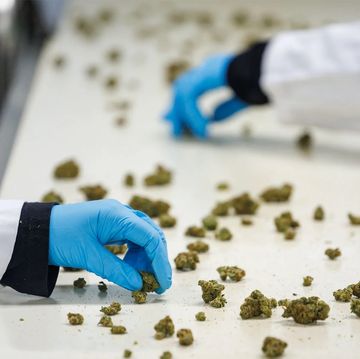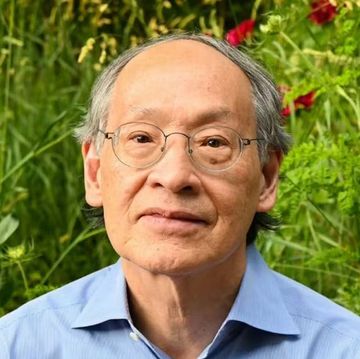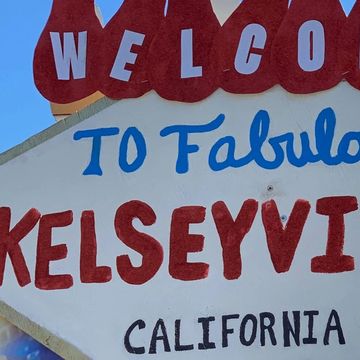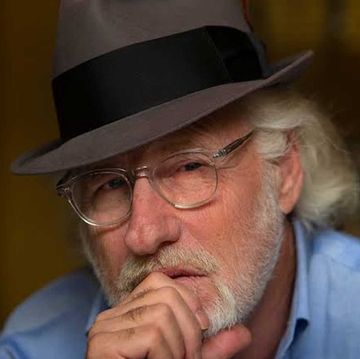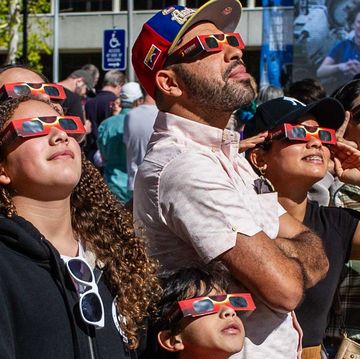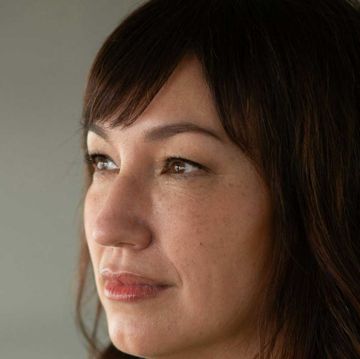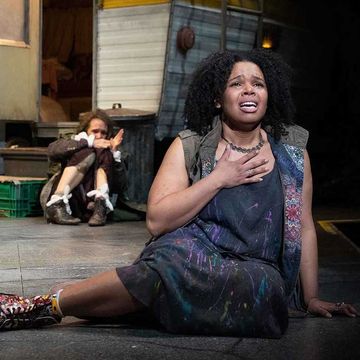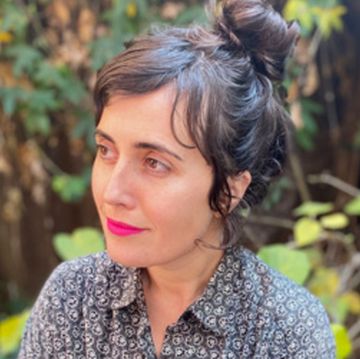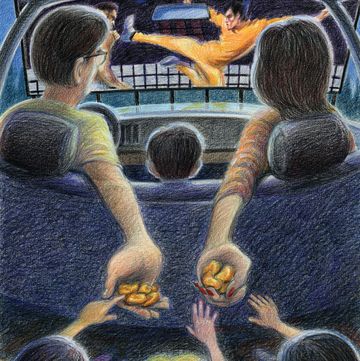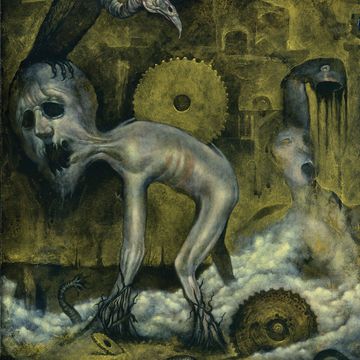Reyna Grande’s daughter named the dog that was supposed to be hers Chica, but to the daughter’s dismay, Chica turned into Grande’s constant companion through the writing of her past three books in her home office in Woodland, near Sacramento. The dog leaps onto the couch or sleeps at Grande’s feet, and when Grande finishes working, Chica follows the author to her bedroom. “It does help, because writing is lonely,” Grande comments.
This article appears in Issue 25 of Alta Journal.
SUBSCRIBE
If it’s good weather when she wakes, Grande starts the day by going outside to do a little gardening and pruning. Once she’s no longer groggy, she and her husband go to a coffee shop where college students hang out, because it “feels more communal” to work there. She likes the convenience, the ability to get a refill of coffee as she researches. When she tries to work from her office during the day, she finds herself distracted by wanting to clean or do dishes.
At night, after dinner, Grande goes to her office to write. When she gets stuck, she either rereads her work “to try to tap into the world and get back in there” or listens to her computer read back the text file. Hearing what she’s written allows Grande to see where it’s “dragging” or where there are “funky sentences.” She works for variable hours, sometimes going as late as 3 a.m.; for one deadline, she worked until 6 a.m.
Grande’s most recent novel and fifth book, A Ballad of Love and Glory, is historical fiction about the Mexican-American War. To imagine her way into one of her characters who is in the army, she read a lot of history and military books. She also bought miniature cannons, she says: “I put them around my desk to look at them and play with them. I tried to imagine my character leading his crew in operating the cannon. And tried to visualize the battle.” With her book’s female protagonist, a healer, she thought about her grandmother, also a healer, who would use almond oil for spiritual cleansing, along with herbs and cigarette smoke. Grande would buy herbs to keep in her office. She purchased bundles of dried sage and burned them and smelled them to try to connect with the character.
Now, while working on a book of lyric essays, many of them about her personal growth as a mother, Grande finds herself doing watercolors. “While I’m painting, I can be working out my essay in my head, thinking about the metaphors in my essays or experiences I’ve had that I want to write about, and what does it mean and why am I writing it. It helps me to do that.”•
Anita Felicelli is Alta Journal ’s books editor and the author of How We Know Our Time Travelers, Chimerica, and Love Songs for a Lost Continent.


